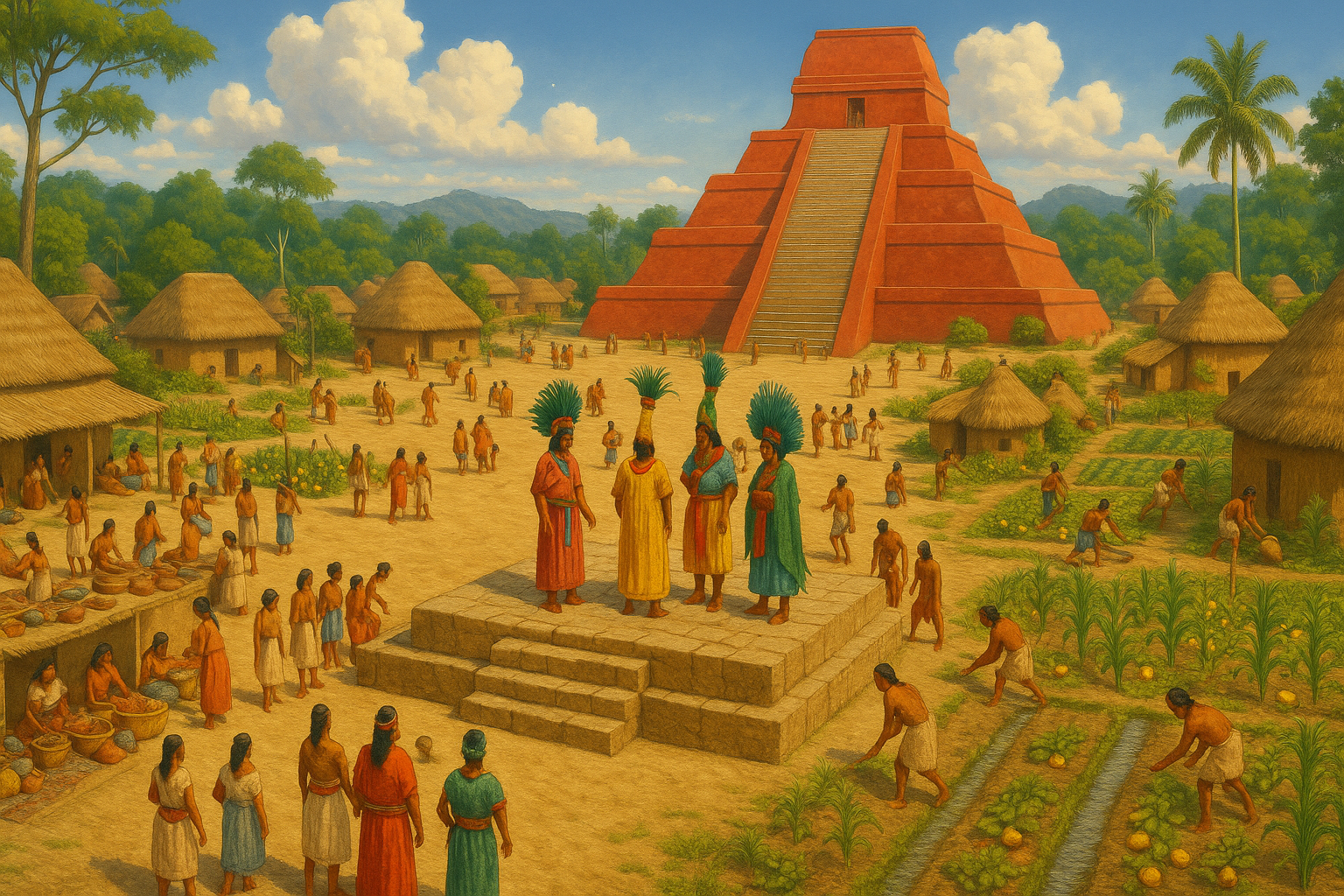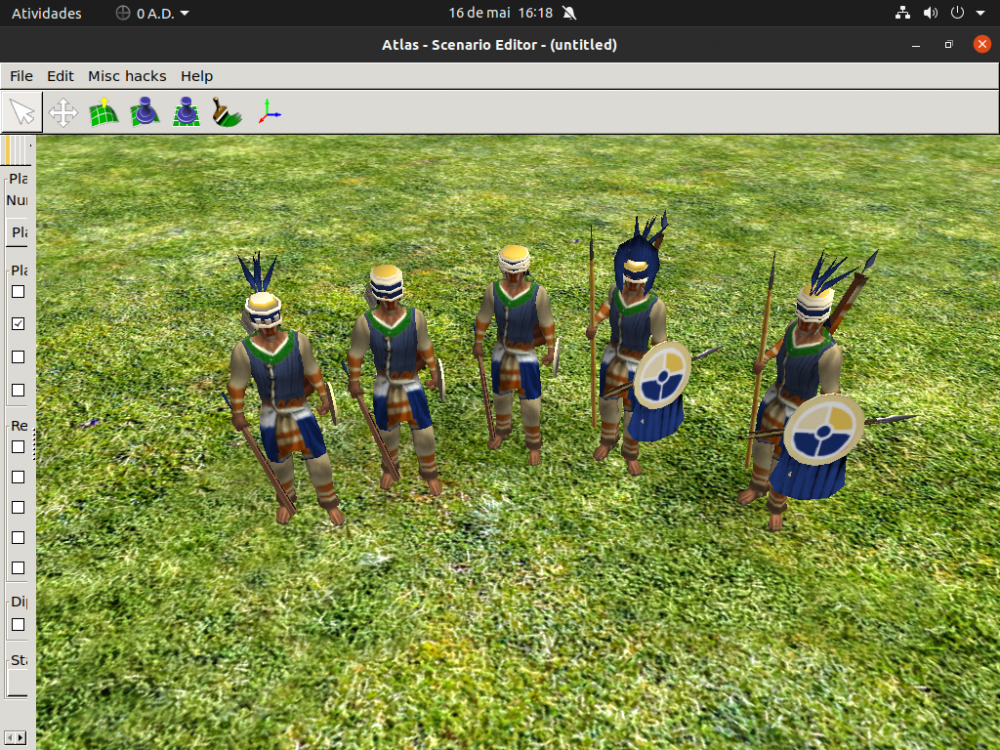-
Posts
854 -
Joined
-
Last visited
-
Days Won
20
Everything posted by Lopess
-
¡¡Fue increíble!! ¡Estoy muy emocionado de jugar con Lusitanos!
-
Creo que es la falta de "props" como espadas y escudos. Se pueden utilizar los existentes de los ibéricos.
-
That would be the idea (In my view dogs must have something like this too).
-
Honestly, I still don't have an opinion, but I believe that the name in Zapoteco is more "cool" and unique.
-
I really like the idea, I believe they fit well as a Xiongnu unit, by the way there was already a debate about it. However I remember that there came the idea of putting a human unit using the bird, I believe this makes it a little more "realistic" instead of a super intelligent bird.
-
Proposal - Zapotec rulers of the Preclassic Period, early classic. ( AI player names) The current names are PosClasico (1300-1520), In this proposal there are only attested names from preclassic to classic (200 BC - 550 AD) It's not perfect but it's much closer. - 200 B.C. (5 Alligator) /// Chantino ///Gaayu’ Chilla - 400 A.D.- 550 A.D. (8 earthquake)///Monte Albán ///Xhono Xoo (11 Rain)///Monte Albán ///Chii ne tobi Lape (4 Alligator )///Monte Albán ///Tapa Chilla (13 Soap plant )///Monte Albán ///Chii ne chonna Piya (5 jaguar)///Monte Albán ///Gaayu’ Beedxe (13 earthquake)///Monte Albán ///Chii ne chonna Guela Fonts: http://www.famsi.org/zapotecwriting/zapotec_figures.pdf *There are a few more names, I will consult my pdfs and leave this post. *The translations for Zapoteco are mine, from online content, I believe the numbers are very "up to date" if someone has more contact with the language even more with Proto-Zapoteco would be of great help.
-
"The city was built by around 100,000 Xiongnu of the Hu Xia dynasty under the command of Helian Bobo (Emperor Wulie) in 419. Helian Bobo, also known by his sinified surname as Liu Bobo, was a descendant of the Xiongnu chanyu who founded their steppe empire in the 3rd century BC. Helian Bobo died in 425 AD, and Helian Chang succeeded him as ruler of the city." https://en.wikipedia.org/wiki/Tongwancheng A little out of time?
-
Dude this is a good idea!!
-
I didn't say you said that, so much so that I didn't quote you, it's my words. I'm not an English speaker ok.
-
I believe that all civilizations have to have their wonder, even if in our view it is something "dumb". I believe that for the Xiongnu of that time what really fits most are these royal tombs.
-
Maybe heroes, we have names and everything else just implement them.
-

Find optimal gfx/ game settings?
Lopess replied to Ceres's topic in Game Development & Technical Discussion
Will this be the end for some old machines? -
Podríamos publicar este video en facebook?
-

A25 Feedbacks from testing
Lopess replied to Yekaterina's topic in Game Development & Technical Discussion
But why? How does that get in the way? I consider it a good addition. -

Shuttling Resources is Problematic
Lopess replied to Thorfinn the Shallow Minded's topic in Gameplay Discussion
Apocalyptic Good ideas for easy implementation. -

===[TASK]=== Crowd Sourced - Judeans (Hasmonean) [Faction]
Lopess replied to wackyserious's topic in Game Modification
Delete the request for these technologies. -

Addition of Han Chinese to 0AD
Lopess replied to Yekaterina's topic in Game Development & Technical Discussion
I believe that the only thing that should be corrected is the facial textures that are a little out of date (with textures with a lower definition I imagine, maybe someone has the original fonts). -

Addition of Han Chinese to 0AD
Lopess replied to Yekaterina's topic in Game Development & Technical Discussion
The Han dynasty dominated the south of China in the period of the 0a.d. -
I am working on new precisely historic helmets for the Zapotecs, besides I intend to create yet another variation in the body texture of the padded armor and a new variation for the shield. In addition I will add the warrior with siege torch and the scout running unit of Delenda est.
-
Yes, ire seems more realistic, or perhaps we can favor the gameplay and the freedom of the player to allow the dock to be done in the middle of the map without water, for me it is not much different from making many fields around the administrative center without respecting whether the area is fertile, if you have a farmstead close by or something. A simple copy and paste of conventions that came from old rts games. And not the 0a.d. he is not a city builder but he values a verisimilitude that in my opinion should be taken into account.





